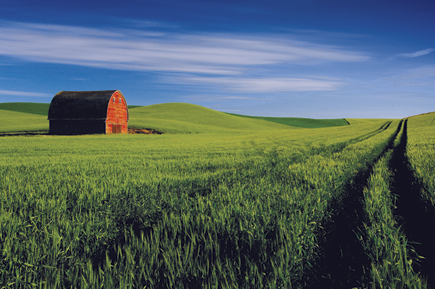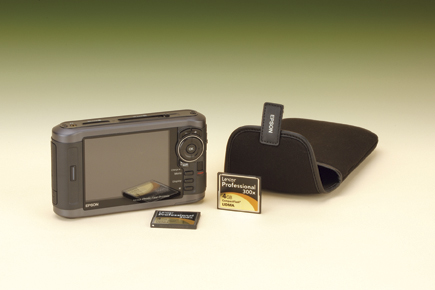Packing; Saving Ounces; Packing For “On The Road”
No matter how light you pack, you always feel like you could add just one more item. Knowing photographers, if you can take it, you will. If you plan your trip correctly, you will save weight and not only make your outing a success, but be more mobile and comfortable as well.
 |
|
|
With that in mind, let’s look at some “ounce saving” tips. Your best bet is first considering what you’re going to carry into the field, not on the entire trip. There is a difference. Sure, there will be extras but they will fit in your carry bag, not the one you use while hiking around. Items like battery chargers, cables, the now famous 400-page instruction books, and other items will go in a separate bag that can be stowed in a car or at the hotel, but not when I hit the trail for photos. I’ll carry my carbon-fiber tripod, for sure, and I’ll have the King Cobra head, and while it might be a little heavier and not so space accommodating as the Wimberley (this one breaks down), it will be a good compromise even if I have to give up a few ounces in the process.
Compared to the “old” days, I’m also saving weight on lenses. Where I once brought my bulky 600mm I now substitute my 200-400mm f/4 lens. Why? Simply because I shoot with Nikon equipment and my D3X, D3S, and D700 all crop in the camera using the DX mode, which is ordinarily used when using DX lenses. Using that as an advantage, the 200-400mm lens will pick up 50 percent more focal length when using the “crop” mode to 300-600mm at f/4 without any loss of light from the use of extenders. With the D3X, I still wind up with around 12 megapixels of resolution. I sometimes even bring the small 1.4x tele-converter without adding much to my pack. All in all, there’s no question that using fewer lenses to cover your trip means less bulk in your pack.
 |
|
|
Other ways to save weight? Everyone likes to take a second or back-up camera without compromising sensor size or pixels, and here I take my D700. Usually I have the MB-D10 Multi-Power battery pack attached and this has been a godsend, only because you can save weight in batteries alone. Using the battery pack, you can install the EN-EL4a battery, which is the same power the D3S and D3X employ. By standardizing here, I now have only one type of battery for three bodies. The other way to save weight is to drop the battery pack when you go, which reduces your frames per second down to five (rather than eight), but if you are doing landscapes that’s of little concern.
Drop the laptop, add more flash cards, and take a photo wallet of some kind. Good advice to some, bad to others. Over the years, I’ve weaned myself from the laptop, the bother it entails at the airports and the constant concern about its safety and charge condition. Since I do not burn CDs or DVDs in the field anymore, and I’m not strapped to this machine for my e-mails or business dealings, I leave it at home and use my cell phone for the business end of my time. In its place, I take a horde of CompactFlash cards and since the price of them has dropped significantly, I usually go with 16-20 cards for each camera. For example, if I just take my D3S on a trip and a pile of 8GB cards, each card will hold 379 uncompressed 12-bit NEF (Nikon’s Raw file format) and basic JPEG files. With 20 cards, that’s well over 7500 pictures (that used to be over 208 rolls of film!) and even though I am a heavy shooter, especially on wildlife, that’s a heck of a lot of photos in one trip.
 |
|
|
Photographers I know take the laptop to look at photos at the end of the day, work on them and see if they can improve their work. Well, that’s fine if the location is static, but with moving animals it’s hard to duplicate a once-in-a-lifetime photo if you mess up on exposure or shutter speeds. In short, you can’t do it again, so forget it—looking at a screen is not going to bring it back. After a hard day of shooting, who has the time to Photoshop images when the amount of sleep you get before rising again seems to amount to only seconds?

















































